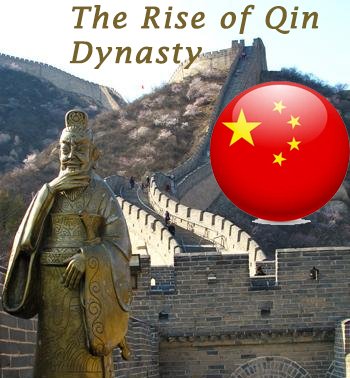By Mr. Gohar Ali Iftikhar
Lecturer in History & Pakistan Studies at Ali Trust College, Islamabad
Winner of the Article Writing Competition (1st position) Theme: “China’s Cultural Footprint Through the Ages”
China’s cultural and historical evolution has left an enduring mark on the world. Its long-standing civilization offers unique lessons in governance, ethics, and social transformation. The roots of this cultural footprint can be traced back to the unification of China under the Qin Dynasty in 221 BC.
The Birth of Chinese Civilization and Governance:
China’s civilization is among the world’s oldest. According to historian Martin Jacques in When China Rules the World, the origins of Chinese governance and culture can be traced to 221 BC.
The Qin Dynasty introduced concepts that remain relevant today. Among these were:
-
Administrative codes, Meritocracy in government, Infrastructure development, including the Great Wall and the Forbidden City
China’s governance model combined scholars from rural areas with merchants from urban centers. This diverse leadership pool helped create a well-rounded administration.
Philosophical Foundations of China’s Governance:
Throughout history, China maintained a balance between ideology, ethics, and legitimacy. Key philosophical systems like:
-
Confucianism, Legalism, Taoism, Buddhism shaped the values and governance of the empire.
The Qin Dynasty: Unification Through Reform:
Before unification, China was divided into numerous aristocratic kingdoms under the Zhou Dynasty. The period between 475 BC and 221 BC, known as the Warring States Period, saw constant battles for supremacy.
Shang Yang, a key reformer of the Qin Dynasty around 380 BC, played a crucial role in reorganizing the empire. His reforms included:
-
Promoting Legalism (equality under the law), Establishing an effective bureaucracy, Building a standing army, Creating a structured administrative system based on households
This system introduced collective responsibility. Households monitored each other and reported any misconduct, which ensured law enforcement at the grassroots level.
The Rule of Qin Shihuangdi: The First Emperor:
Qin Shihuangdi, also known as Yang Sheng, became the first emperor of a unified China at the age of 33. He implemented an iron-hand policy to suppress rebellion and consolidate power.
Key steps in his rule included:
-
Dividing the empire into 36 provinces, each overseen by a governor, Centralizing both military and administrative control, Conducting an agricultural census to estimate resources and taxes, Standardizing weights, measures, language, and script, Reforming the judicial system to focus more on fines than on harsh punishments, except in cases of serious crimes
These reforms increased state revenue, strengthened the rule of law, and ensured social order.
Centralized Governance: A Model That Shaped Modern China:
The Qin governance model introduced centralization, authoritarianism, and a bureaucratic hierarchy. Two key pillars of this system were:
-
A competent military
-
A civil service based on merit
This model transformed governance and society, embedding discipline, law enforcement, and loyalty to the state. The engagement of citizens in large-scale projects also reinforced state control.
Legacy of the Qin Dynasty in Modern Governance:
The Qin Dynasty laid the foundation for modern statecraft and governance in China. Its legacy is visible today in the structure of China’s government, where centralized administration and bureaucratic efficiency remain central.
China’s cultural footprint, rooted in these historical reforms, continues to influence not just its domestic affairs but also its global interactions. The Qin Dynasty’s model of governance, combining strength with systemic organization, remains a blueprint for state management in the modern world.





